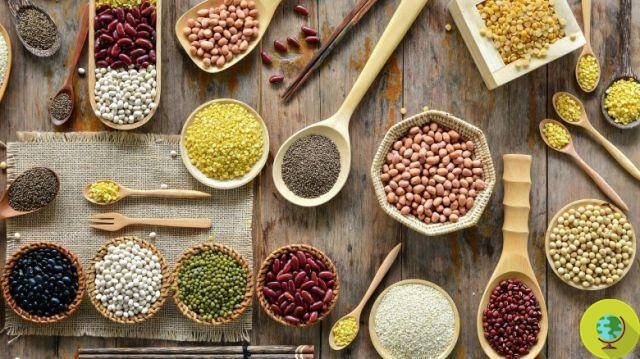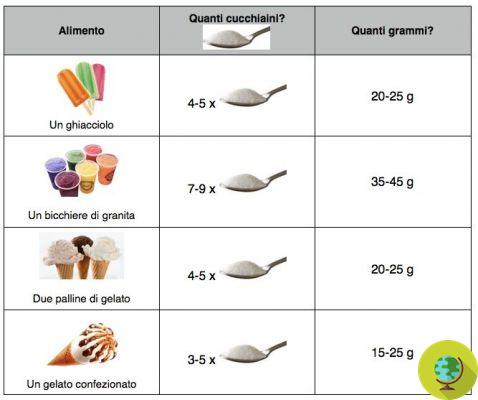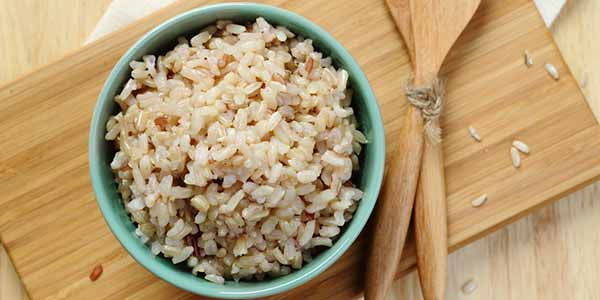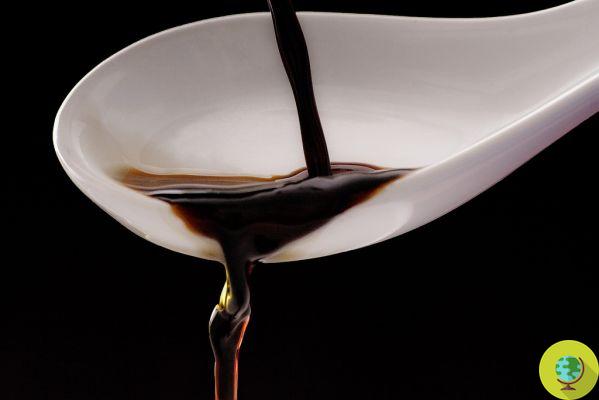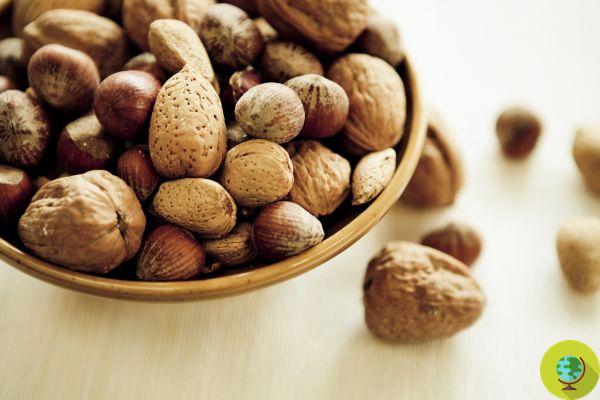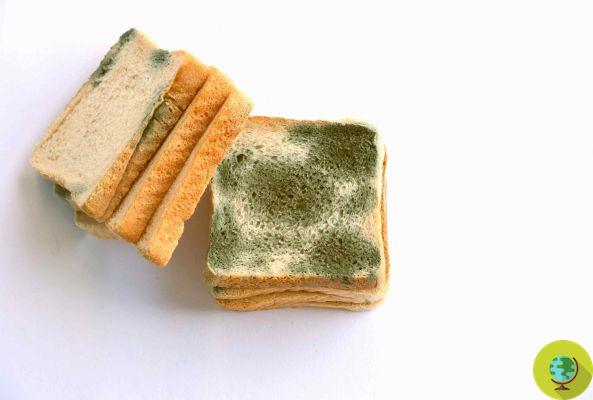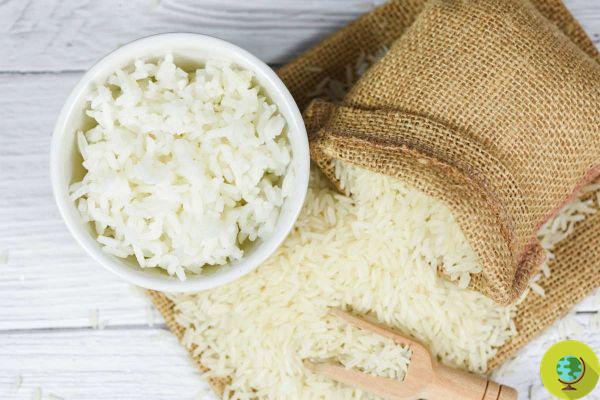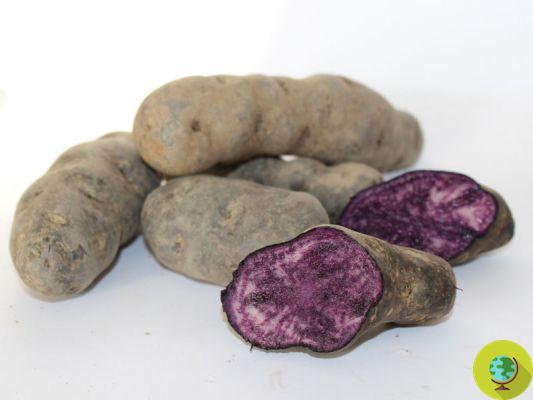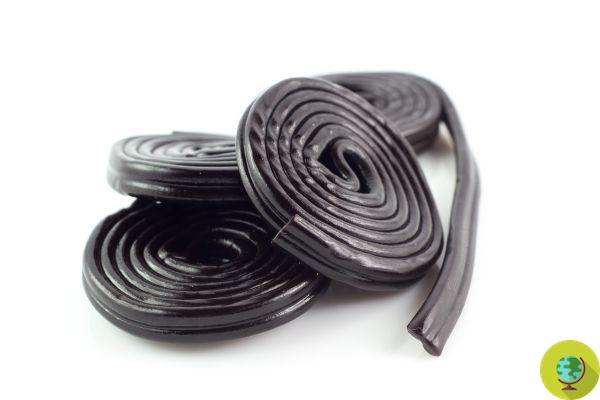
Wheat flour, or wheat flour, is present in many food products. At least 60% of the food products on sale in supermarkets contain wheat flour in their composition.
Don't store avocado like this: it's dangerous
La wheat flourthe wheat flour, it is present in many food products. At least 60% of the food products on sale in supermarkets contain wheat flour in their composition.
La wheat flour and wheat in general are healthy foods? Not everyone agrees. For example, according to Dr. Patrick Rocha, an expert in the treatment of diabetes and president of the Brazilian National Institute for the Study of Obesity and Chronic Diseases, today's consumption of wheat is excessive and this cereal no longer has the same composition as it did at the time of our grandparents.
In the opinion of the expert, large-scale produced wheat is unhealthy and gluten it contains constitutes a highly inflammatory substance. The problem is that today wheat would contain much more gluten than in the past and would be able to create a real one dependence in our body, as in the case of refined sugar, some drugs and even drugs.
According to Patrick, the current composition of the grain is harmful to health because this food is too rich in gluten and sugary substances. In his opinion, few people know, including doctors and nutritionists.
The expert has explained that diseases like the diabetes they are associated with the consumption of wheat and wheat flour products. Other cereals also contain gluten, but wheat is the most widespread and most consumed type in the world.
Patrick claims that one reduction of wheat consumption has many benefits, especially for those suffering from diabetes, because in this way the blood sugar level is significantly reduced.
The expert suggests trying to replace wheat flour with other flours, for example with rice, almond or coconut flour, which are however suitable for the preparation of desserts and which do not contain gluten. In his opinion, even the whole wheat it can be problematic, especially for those suffering from diabetes, since it still contains gluten and since it helps to raise blood sugars.
In our opinion, it is possible try to reduce the consumption of wheat and wheat flour in our diet, especially with the aim of making it more varied, giving space to other types of cereals and flours, with particular reference to rice, corn, millet and buckwheat. Quinoa and amaranth, in grains or flour, are also gluten-free and can be useful from this point of view.
Marta Albè
Read also:
10 FLOURS ALTERNATIVE TO FLOUR 00
GLUTEN INTOLERANCE: 7 POSSIBLE SYMPTOMS
8 CEREALS (OR PRESUMPED SUCH) THAT EVEN CELIACS CAN EAT




